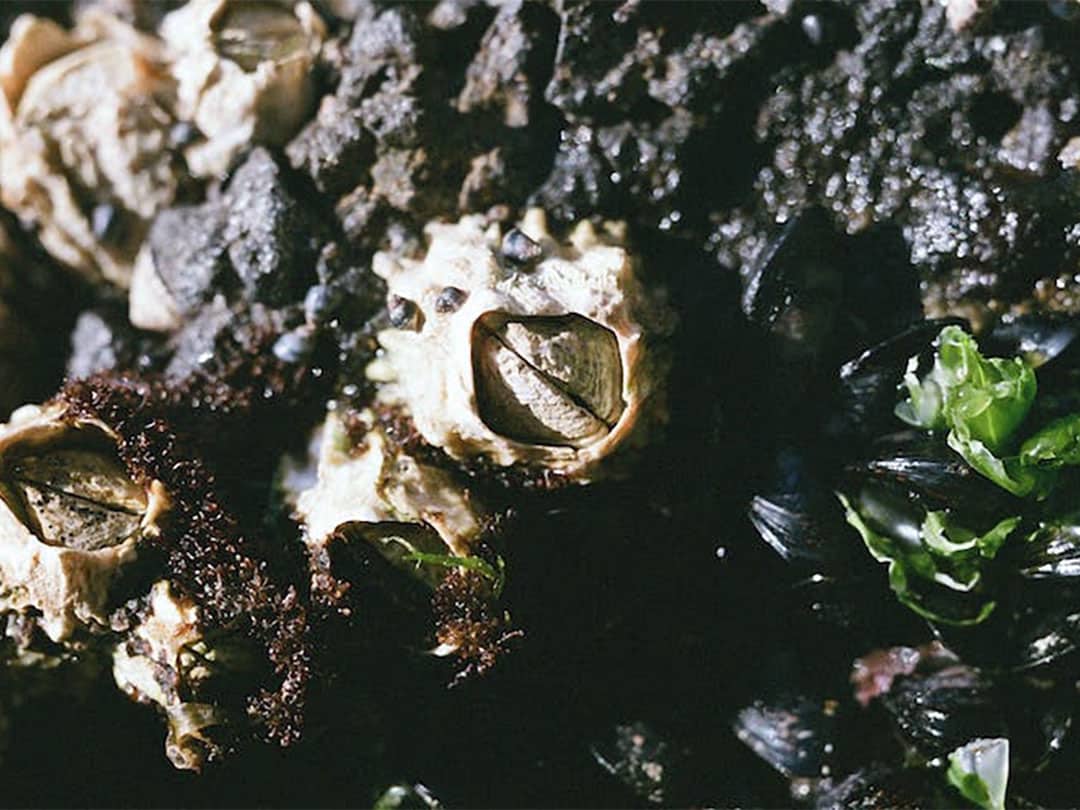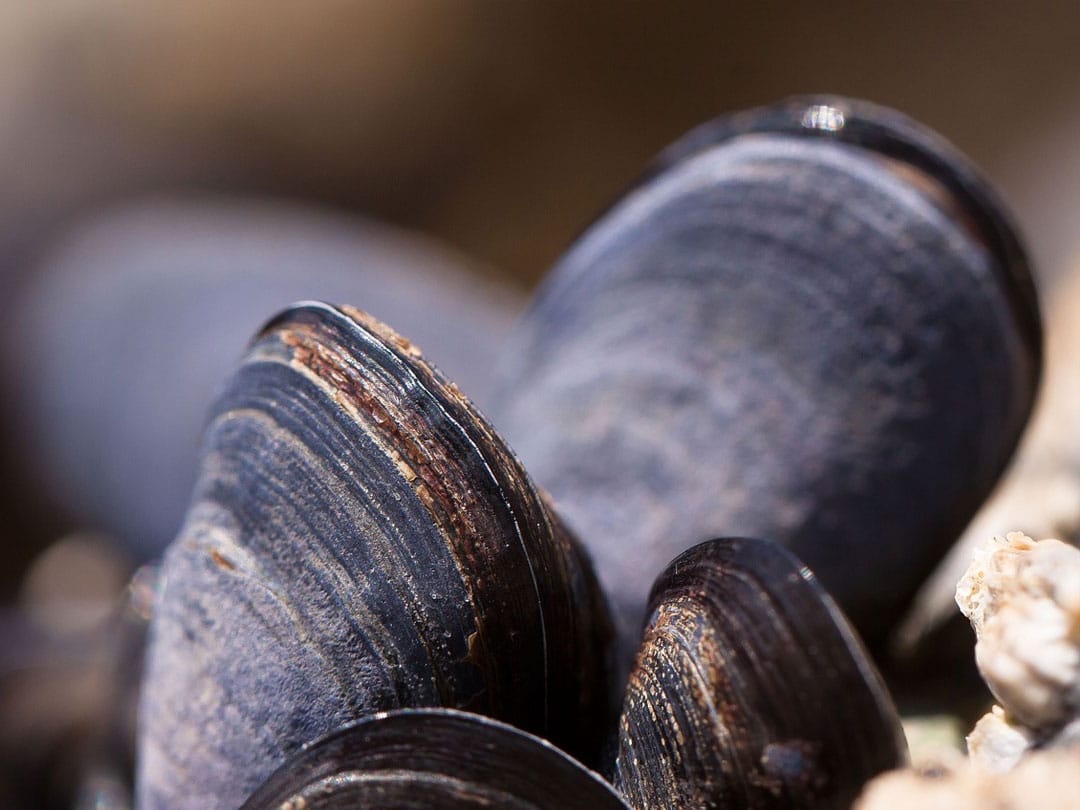Sailing the open waters can be a liberating experience, but the battle against the elements extends beyond just navigating the waves. Biofouling, the accumulation of organisms on submerged surfaces, can wreak havoc on boats, affecting their performance and longevity and leading to increased fuel costs and greenhouse gas emissions. It has been suggested that fouled hulls cost the shipping industry up to $30 billion each year! Biofouling comes in two main forms: microfouling and macrofouling. In this blog, we’ll explore the differences between these types of fouling and delve into how ultrasonic antifouling kits can help you keep your boat in top condition.
Understanding Marine Biofouling: Microfouling vs. Macrofouling
Microfouling
Microfouling refers to the adhesion of microscopic organisms, such as bacteria, algae, diatoms and other single-celled organisms, to the surfaces of your boat or any submerged surface. Pioneering bacteria attach and either attract or deter other microorganisms. These biofouling organisms can form a slimy layer known as bacterial biofilms, which provides an ideal environment for other microorganisms to thrive.
Over time, biofilm formation can coat the slippery surface of boats, leading to increased hydrodynamic drag, reduced fuel efficiency and thus increased fuel consumption. This phenomenon can also compromise the integrity of the hull, as the biofilm’s acidic by-products can cause corrosion and damage.
Macrofouling
Once microfouling biofilms are established, the larger fouling community can move in. Macrofouling refers to larger marine organisms – secondary and tertiary colonisers like barnacles, soft corals, mussels, seaweed and other marine creatures attaching themselves as invertebrate larvae to the microfouling on your boat’s surfaces. These biofouling organisms form hard shells and structures that are not only aesthetically displeasing but also cause significant problems.
The accumulation of macrofouling increase the hydrodynamic volume and weight of the boat, weighing it down lower in the water and leading to decreased speed and fuel efficiency. Moreover, these organisms can increase drag and obstruct underwater structures such as water intakes, cooling systems and propulsion systems, further hampering the vessel’s performance. Furthermore there are multiple examples of invasive species being transferred through the fouling on boat hulls.
Avoiding Microfouling and Macrofouling: Best Practices
1. Regular Cleaning and Maintenance
A proactive approach to maintaining your boat’s cleanliness is essential to combating both microfouling and macrofouling. Regularly clean the hull and submerged parts of your boat using environmentally friendly solutions. Scrubbing the surfaces will also help reduce the accumulation of potential food sources for marine life. This will prevent the build-up of natural biofilms and discourage the attachment of larger organisms.
For boats highly afflicted with macrofouling, haul outs and hull scraping will be required before additional antifouling methods can be implemented.
2. Antifouling Paints
Antifouling paints contain biocides that deter or kill fouling organisms. These paints create a protective barrier that prevents microorganisms from adhering to the surfaces and kills or hinders the growth of larger organisms. However, traditional antifouling paints can have negative impacts on marine environments and other aquatic organisms due to the release of toxic substances into the surrounding water. Although antifouling paints have come a long way from the organotin based coatings which were banned after showing significant side effects further up the food chain, today’s copper-based paints are still highly toxic to aquatic life and have significant impacts on the marine environment.
3. Ultrasonic Antifouling Kits: The Innovative Solution
Ultrasonic antifouling provides an eco-friendly alternative for preventing biological fouling.
Ultrasonic antifouling kits have emerged as a ground-breaking, environmentally friendly antifouling option for addressing both microfouling and macrofouling. These kits use ultrasonic sound waves to create vibrations across the boat hull and in the water, disrupting the attachment of microfouling, preventing the formation of the biofilm organisms as well as macrofouling larval settlement. Ultrasonic antifouling is non-toxic, making it a safe and effective alternative to traditional antifouling paints.
Benefits of Ultrasonic Antifouling Kits
– Eco-Friendly: Ultrasonic antifouling kits do not release harmful chemicals into the water, ensuring minimal impact on marine ecosystems.
– Continuous Protection: Unlike antifouling paints which degrade over time, ultrasonic systems provide ongoing protection against biofouling.
– Reduced Maintenance: With fewer fouling organisms attaching to your boat, you’ll spend less time and effort on cleaning and maintenance.
– Improved Performance: By maintaining a clean hull, your boat’s hydrodynamic efficiency will be enhanced, resulting in better fuel economy and speed.
Biofouling, encompassing both microfouling and macrofouling, is a persistent challenge for boat owners. However, with the advent of ultrasonic antifouling technology, there’s a smarter and more environmentally friendly way to combat these issues. By investing in an ultrasonic antifouling kit, you’re not only ensuring the longevity and performance of your boat but also contributing to the preservation of our marine ecosystems and surrounding coastal waters as well as reduced marine transport costs. So, keep your vessel shipshape and sail the seas with confidence, knowing that you’re making a positive impact on the environment.
Check out our ultrasonic antifouling kits, visit our online shop or contact us to discuss how ultrasonic antifouling can prevent both macrofouling and microfouling on your vessel.


